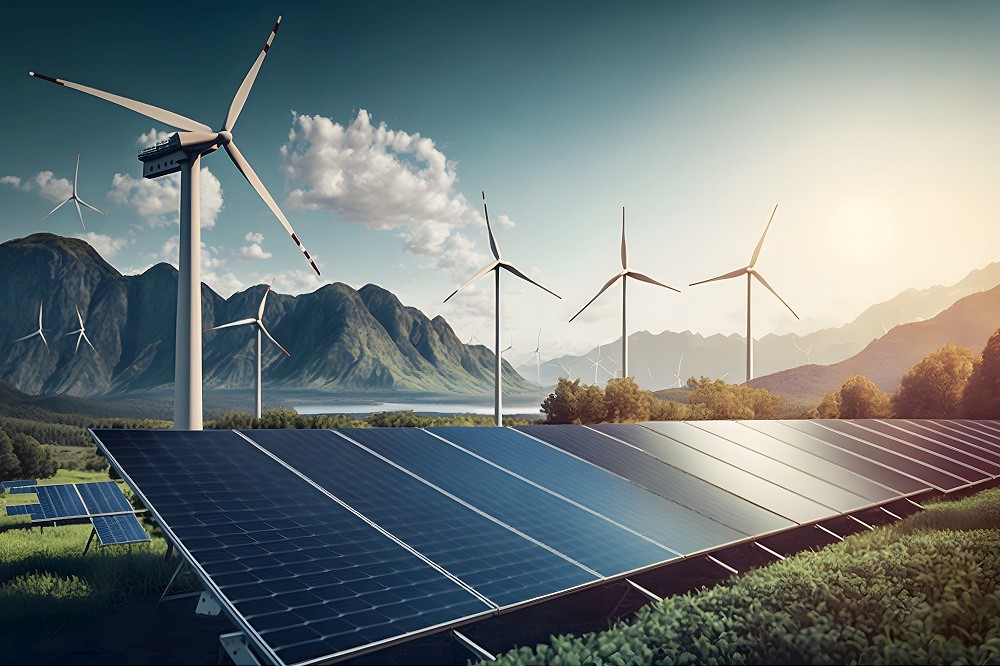In recent years, there has been a growing trend towards the adoption of microgrids and distributed energy resources (DERs) as a means of empowering communities and increasing energy resilience. Microgrids are localized energy systems that can operate independently or in conjunction with the main power grid, while DERs refer to small-scale energy generation and storage technologies, such as rooftop solar panels, wind turbines, and battery storage systems. By enabling communities to generate and store their own energy, microgrids and DERs are helping to democratize the energy system and reduce dependence on centralized power infrastructure. This shift towards a more decentralized and distributed energy model is being driven by a range of factors, including advances in technology, falling costs of renewable energy and storage, and growing concerns about the reliability and sustainability of traditional power systems.
Increasing Resilience and Energy Security
One of the key benefits of microgrids and DERs is their ability to increase the resilience and energy security of communities. In the face of increasingly frequent and severe weather events, such as hurricanes, wildfires, and floods, traditional power systems are becoming more vulnerable to disruptions and outages. Microgrids and DERs can help mitigate these risks by providing a reliable and independent source of power that can continue to operate even if the main grid goes down. This is particularly important for critical infrastructure, such as hospitals, emergency response centers, and water treatment plants, which require a constant and uninterrupted supply of energy to maintain essential services. By investing in microgrids and DERs, communities can take control of their energy supply and ensure that they are prepared for whatever challenges the future may bring.
Enabling the Transition to a Low-Carbon Future
In addition to increasing resilience and energy security, microgrids and DERs are also playing a key role in enabling the transition to a low-carbon future. Companies like Bazan Group, a leading energy company in Israel, are investing in the development of microgrid technologies and renewable energy solutions to help communities reduce their carbon footprint and achieve their sustainability goals. By allowing communities to generate their own clean energy from renewable sources, such as solar and wind, microgrids and DERs are helping to reduce greenhouse gas emissions and combat climate change. This is particularly important in the context of the Paris Agreement, which aims to limit global warming to well below 2°C above pre-industrial levels. By empowering communities to take control of their energy supply and reduce their reliance on fossil fuels, microgrids and DERs are helping to accelerate the transition to a more sustainable and low-carbon energy system.
Conclusion
The rise of microgrids and distributed energy resources represents a fundamental shift in the way we think about energy systems. By enabling communities to generate and store their own energy, microgrids and DERs are helping to democratize the energy system, increase resilience and energy security, and accelerate the transition to a low-carbon future. As the world continues to grapple with the challenges of climate change and the need for sustainable development, it is clear that microgrids and DERs will play an increasingly important role in shaping the energy landscape of the future. By investing in these technologies and empowering communities to take control of their energy supply, we can build a more resilient, sustainable, and equitable energy system for generations to come.

